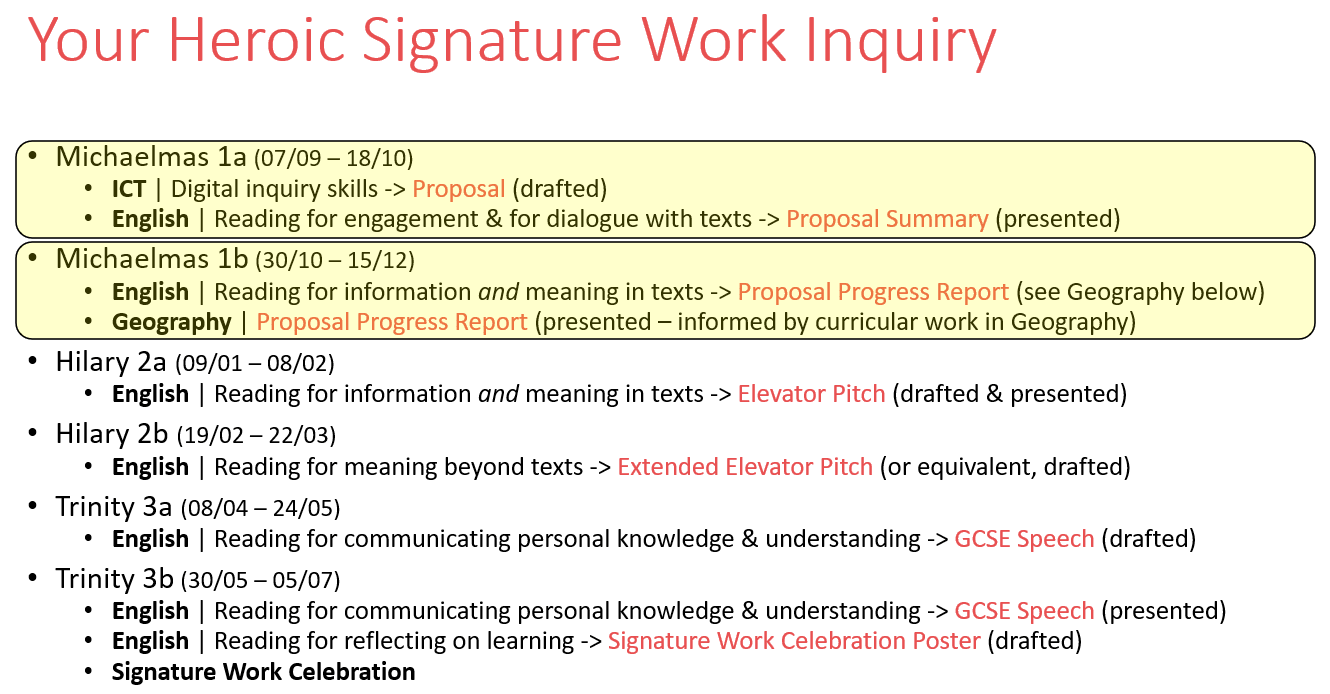Reply To: Year 9 (Grade 8) Interdisciplinary Signature Work Inquiry @ Blanchelande College
Home › Forums › Inquiry and resource design › Year 9 (Grade 8) Interdisciplinary Signature Work Inquiry @ Blanchelande College › Reply To: Year 9 (Grade 8) Interdisciplinary Signature Work Inquiry @ Blanchelande College
I had hoped to reflect here on changes to this year’s inquiry before the start of our academic year in September, but time did not permit.
A major change was that the inquiry started in September – which is the start of our academic year, rather than mid-October – in both Computing and English, which meant that for the first half-term each class had three 35-minute lessons, two in Computing and one in English. This presented an opportunity, but also a challenge. The opportunity lay in more purposefully integrating the digital inquiry component in Computing with the informational reading component in English from the outset of the inquiry. This was also the challenge.
Last year, students were able to choose any topic that interested them, provided that their topic presented them with a problem or question that they would explore and discuss as part of their Signature Work inquiry. This degree of openness was appropriate for the culminating product, which was their GCSE English Language speaking and listening Non-Examined Assessment (NEA) on a topic of their choice (see posts above). This created two practical problems. Firstly, a number of students struggled to arrive at a problem or question related to their topic, which made it difficult for them to fully satisfy the requirements of a Signature Work, or the NEA. Secondly, the wide variety of choice, while eventually a useful way to develop the collection, made it difficult to resource the inquiry with interesting and accessible texts, whether in print or online, in a timely way.
Given that a focus of the digital inquiry component is finding and working with online information, both in databases and on the web, one of our databases remained the most logical place to start. However, all students would need to start with the same article if they were to learn how to access the article virtually [by finding it in the database] and then physically [by printing it] in order to begin accessing it intellectually [by reading it] in their first English lesson.
Having attended a very interesting presentation on the United Nations Sustainable Development Goals (SDGs) at the IASL Annual Conference, the SDGs allowed me to solve both practical problems. Firstly, the Britannica School Intermediate article on the SDGs provided all students with the same starting point, although the SDGs are varied enough for all students to identify with one or more SDGs in a very personal way. Secondly, the SDGs by their very nature inescapably confront students with problems and/ or questions that they will increasingly give personal shape to.
At the same time, following our own presentation at IASL – Recovering the Educational Promise of Inquiry – I had been thinking long and hard about Neil Postman’s abiding commitment to “non-trivial schooling,” which “can provide a point of view from which what is [reality] can be seen clearly, what was as a living present, and what will be as filled with possibility” (1996, p. x). Inquiry, done properly, is non-trivial schooling, and in orienting students towards a problem or question framed within an SDG, the Signature Work inquiry had to do so in such a way that students could see what will be as filled with possibility, and would be empowered to begin fashioning reality from that possibility. Out of this, the theme of the Signature Work inquiry emerged:
The Future Needs You: Living Well in a World Worth Living in
I will reflect on lessons learned from this half term in due course, but end here with an overview the inquiry:



